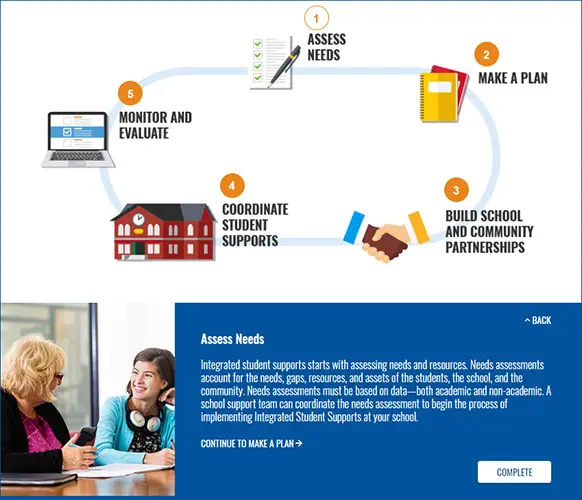TYPES OF TRAINING METHODS
You can have the best story in the world, but if it’s told the wrong way, who will remember?
Training delivery methods consist of the techniques and materials used by trainers to structure learning experiences. Choosing the right type of training method can be a daunting task, given the number of considerations, including budget, size and type of the workforce, location, time frame, and goals. Whether you choose instructor-led, digital, blended, or hybrid learning, your training method should meet your learner needs and organizational goals. We always use the most effective type of training methods for the situation, be it gamification, microlearning, or action-based learning activities to create immersive learning experiences.
ILT vs VILT
Instructor led training (ILT) is the style of in-person classroom training that most people are familiar with. When instructor led training is done online, it is known as virtual instructor led training (VILT).
In today’s environment of virtual interactivity and multi-channel learning preferences, traditional classroom instruction may not be good enough.


ELEARNING VS DIGITAL LEARNING
eLearning generally refers to a course taken entirely online, whereas digital learning is any type of learning that uses digital technology. Both delivery methods utilize a variety of learning activities and multimedia options including video, mobile learning, and gamification. However, digital learning takes advantage of new age technology that allows digital asset access without internet connection.
BLENDED VS HYBRID LEARNING
While hybrid and blended learning are often used interchangeably, there is a subtle yet important distinction.
Blended learning focuses on the combination of offline and online instruction, hybrid learning combines formal training with informal and experiential learning in the workflow.





